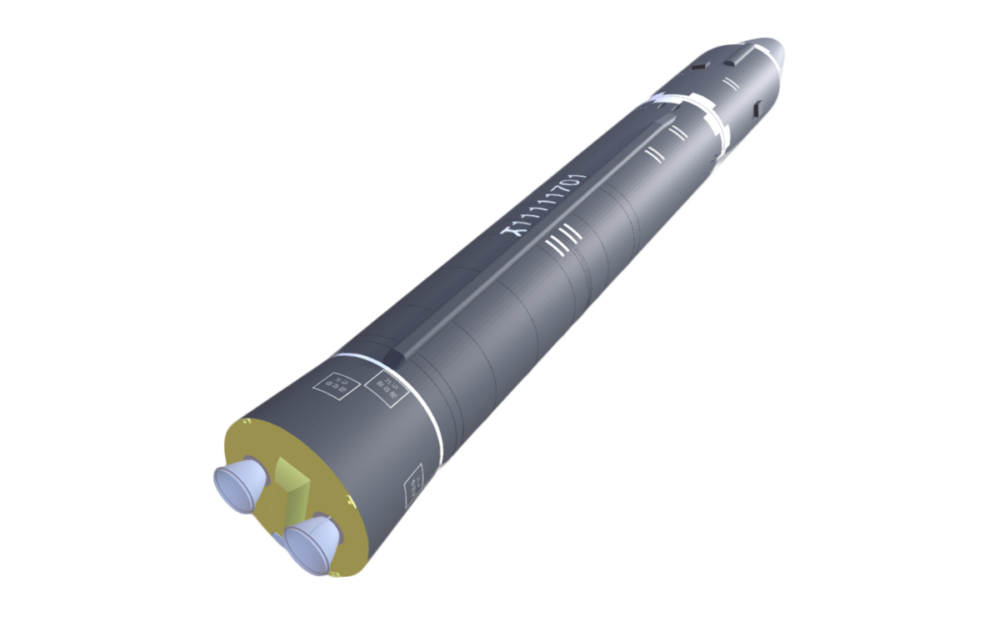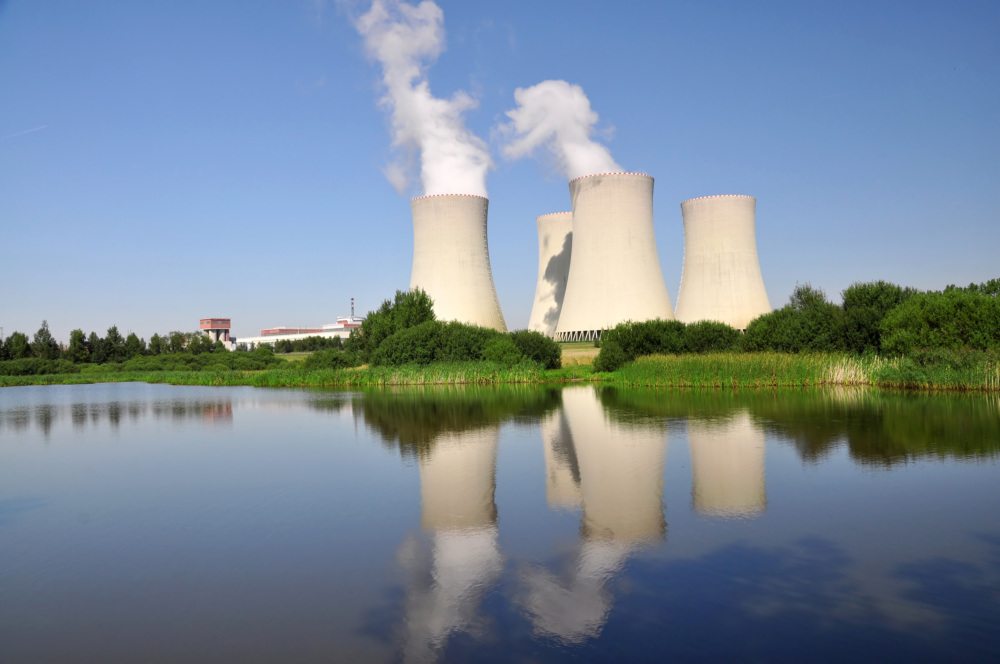
The CNS North Korea Missile Test Database
A collection of missile tests including the date, time, missile name, launch agency, facility name, and test outcome.
Yemen is not known to have biological, chemical, or nuclear weapons and has been a member in good standing of many major treaties and organizations governing their acquisition and use. However, Yemen possesses Scud and Scud-variant ballistic missiles, the latter of which it purchased from North Korea. Additionally, Yemen’s ongoing civil war renders its current and future status vis-a-vis the nonproliferation regime ambiguous.
Situated in an important strategic location on the Arabian Peninsula, Yemen’s political stability has frequently been undermined by Islamist terror organizations and civil wars, which have been further aggravated by the direct military involvement of neighbors such as Saudi Arabia and Egypt. 1 The country has been embroiled in its most recent political crisis since 2011, with civil war erupting in 2015. 2 Yemeni President Ali Abdullah Saleh was forced to resign and go into exile following mass protests against his leadership in 2012. 3 Saleh’s vice president, Abd Rabbuh Mansour Hadi, held the presidency until 2015, when Houthi forces took the capital, Sana’a. 4 A coalition of Gulf Arab states led by Saudi Arabia began bombing the Houthi militias in 2015.
As of mid-2016, territorial control of Yemen is divided, with the country split into areas controlled by the Houthis, the Hadi-led government, al-Qaeda in the Arabian Peninsula, and the Islamic State. The Houthis, also referred to as Ansar Allah, have set up a transitional revolutionary council led by Mohammad Ali al-Houthi. 5 Former president Hadi has established a temporary capital in Aden with the support of Saudi Arabia and loyalist forces. The United Nations, the United States, and the Gulf Cooperation Council (GCC) do not recognize the Houthi leadership in Yemen. 6 Yemen’s failed state status, which has given safe havens to several Islamist terror organizations, poses grave proliferation and terrorism concerns.
Yemen is a non-nuclear weapon state party to the Treaty on the Non-Proliferation of Nuclear Weapons (NPT), and is not known to be pursuing nuclear weapons. It has signed, but not ratified, the Comprehensive Nuclear Test Ban Treaty (CTBT). 7 Although past governments expressed an interest in nuclear power, Yemen does not have nuclear reactors and lacks other significant civil nuclear capabilities. The National Atomic Energy Commission of Yemen collaborated with the IAEA in creating a first draft of a comprehensive nuclear law relating to a civil nuclear program in 2007. However, due to the deteriorating security situation in Yemen at that time, the IAEA and Yemen were not able to progress further with the draft law. 8
Yemen does not possess biological weapons, and is not known to have pursued them. The country is a party to the Biological and Toxin Weapons Conventions (BTWC). 9
Yemen possesses an unknown number of Soviet-origin Scud ballistic missiles and North Korean Scud-variants (Hwasong ballistic missiles), most of which are believed to be under Houthi control. Yemen recently used these missiles against Israel on November 14th, 2023, under Houthi command. 10 By December 18th, 2023, the Houthi commanded missiles had also been used to attack vessels transiting the Red Sea, prompting international responses to secure trade lanes in the region. 11 When the ongoing civil war began in 2015, Yemen was believed to possess approximately 300 Scud missiles, but a Saudi-led coalition bombardment reportedly destroyed approximately 80% of these missiles. 12 13
Before Yemen was united in May 1990, the Yemen Arab Republic, or North Yemen, purchased Soviet-made SS-21 missiles. The SS-21, or Scarab, is a short-range ballistic missile that can travel up to 70 kilometers. Reports indicate North Yemen may have purchased up to 80 Scarabs. During the same period, the People’s Democratic Republic of Yemen, also known as South Yemen, acquired Frog-7 and Scud-B missiles from the Soviet Union, as well as six Scud launchers. 14 The Frog-7 is the much less accurate predecessor to the Soviet SS-21 Scarab with similar payload and range capabilities. The Scud-B is a short-range ballistic missile that can travel up to 950 kilometers, but is highly inaccurate, at times landing up to 900 meters from its target. 15 16
Yemen began purchasing Scud missiles from North Korea in the 1990s. 17 In 2003 the Sosan, a North Korean ship, was intercepted and discovered to be carrying 15 Hwasong ballistic missiles, which are a variant of the Scud-B possessing a longer range and reduced payload capacity, destined for Yemen. Yemen claimed the purchase was legal and the shipment was permitted to proceed. Although Yemen was threatened with sanctions by the United States for its involvement with missile proliferation, no sanctions were levied due to Yemen’s cooperation with the United States in combating terrorism. No further missile shipments have been interdicted since 2003. 18
Various Yemeni forces have utilized the Scud missiles since their acquisition. During the Yemeni Civil War of 1994, South Yemeni forces launched Scud missiles at Sana’a while the North launched Scuds at Aden. 19 During the current Yemeni Civil War, Houthi rebels have employed Scud missiles against Saudi Arabia on multiple occasions. 20 In a UNSC report made public in January 2016, the UN Panel of Experts on Yemen state there have been numerous missile attacks, originating from Yemen, launched at cities in southwest Saudi Arabia. Technical characteristics indicate they were Hwasong 6 (also known as Scud-C) ballistic missiles acquired from the DPRK. Yemen allegedly purchased a total of 45 of these missiles. In the same report the Saudi government claims that it has shot down more than 40 percent of all missiles launched against its territory. 21
Although the pre-civil war government of Yemen claimed the Scud missiles were for self-defense and would not be transferred to a third-party, the ongoing civil war has rendered their current and future chain-of-custody problematic, raising significant proliferation and terrorism concerns.
Yemen does not possess chemical weapons, nor is it known to have ever pursued a chemical weapons program. The country is a party to the Chemical Weapons Convention (CWC). 22
During the North Yemen Civil War (1962-1970), Egyptian forces launched a chemical warfare campaign from 1963 to 1967, killing hundreds of Yemeni civilians. 23 The civil war was between royalists from the incumbent regime and revolutionary republican forces, who established the Yemen Arab Republic in 1962. 24 Foreign entities became involved in the conflict, with Egypt providing troops and supplies to the revolutionaries and Saudi Arabia and Jordan supporting the royalists. 25 The conflict intensified in 1963, with all foreign forces increasing the number of deployed troops in Yemen. Even though Egypt is a signatory to the Geneva Convention, it repeatedly deployed mustard gas against royalist villages from 1963 through 1967. 26
In 2014, the Yemeni Ministry of Legal Affairs published a law titled “On the Prohibition of the Development, Production, Stockpiling, and Use of Chemical Weapons” in an effort to ensure domestic legislation was aligned with Yemen’s international legal commitments. 27
Sign up for our newsletter to get the latest on nuclear and biological threats.
A collection of missile tests including the date, time, missile name, launch agency, facility name, and test outcome.
At this critical juncture for action on climate change and energy security, 20 NGOs from around the globe jointly call for the efficient and responsible expansion of nuclear energy and advance six key principles for doing so.
Information and analysis of nuclear weapons disarmament proposals and progress in Belarus
